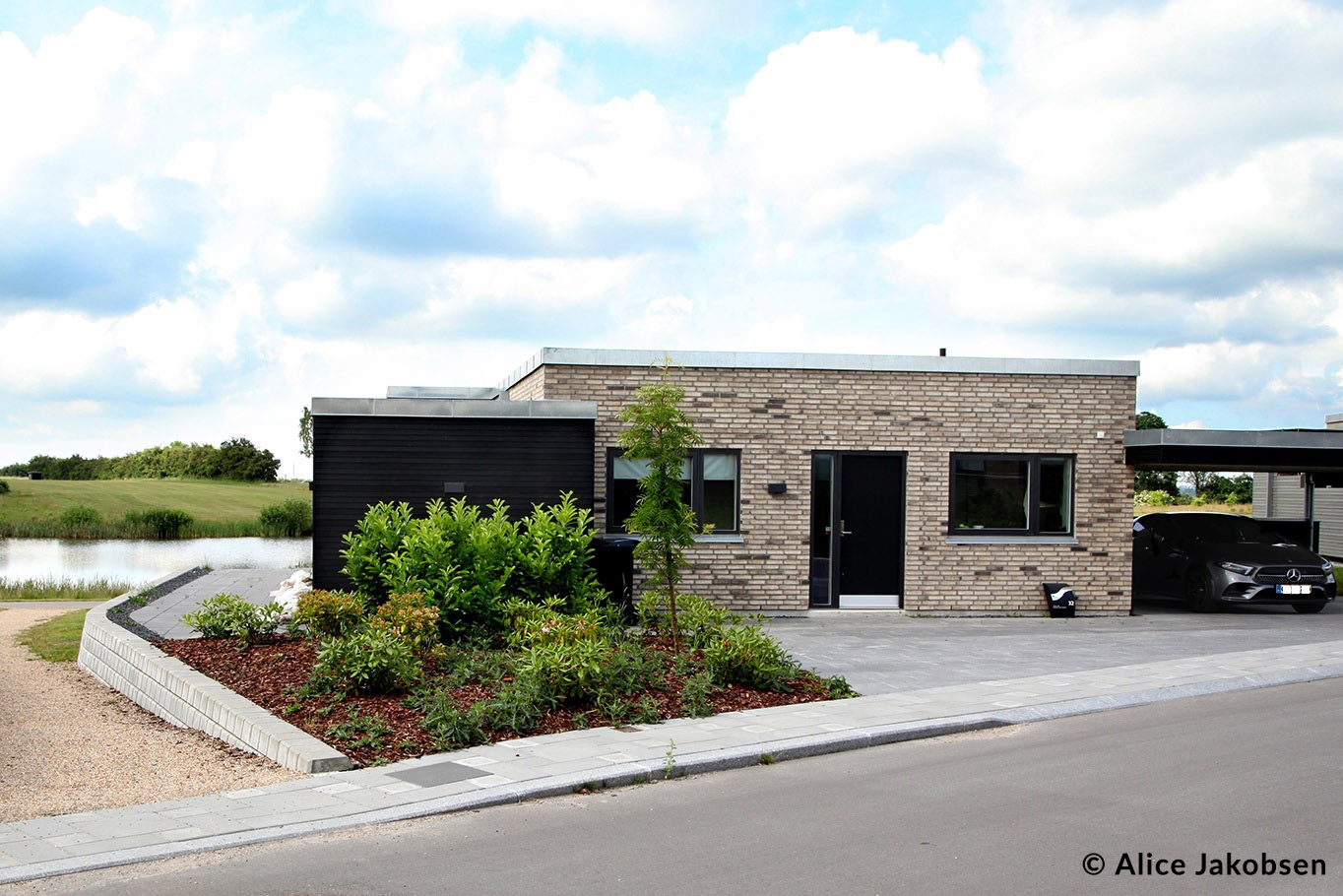Demo Site information:
Partner: Aalborg University
Location of the site: Kildebjerg Søvej, Ry, Denmark
Function of the building: Residential
Implementations: The Danish demonstration represents buildings with high-end technological solutions: smart IoT, tight and high insulation envelopes, energy efficient systems with high COP and heat recovery possibilities and as well renewable energy production with storage possibilities. It is therefore expected that in PRELUDE, buildings will not be equipped with additional smart solutions as they already reflect very advanced smartness level. They will though be equipped with additional sensors where required and their operation setting will be modified.
In first step, buildings will be closely monitored for efficiency of systems in operation and fault detection. Full available automation for indoor climate control is assumed to be activated.
In second step, monitored data will be used to mobilize tenants for correction actions and proactive use of available smart solutions. Here adoption of the PRELUDE solutions for informing and suggesting tenants’ actions to guarantee indoor thermal conditions and reducing energy needs will be implemented (using not-at-home function to set back temperature, opening closing windows, using night set-back of temperature, taking active role in using building management system/IoT functionalities).
In third step, energy specialist will take over control of the building in order to optimize its energy performance. In that step energy decrease will be prioritized and indoor climate will be sacrificed while user acceptance will be monitored. In this step it is also planned to implement developed in PRELUDE feedback from model predictive control to further optimize operation of the building with respect to short term prediction of changing boundary condition.
Reasons for the intervention:
- Interest in real-time and proactive optimization
- Reduce electricity and heating bills
- User engagement – it is common that high-tech buildings are either faulty operated by users or users are not aware of available functionalities
- Long time performance of novel technologies reflecting low CO2 emission in their life cycle
- Performance gap monitoring (also with respect to maintained indoor environment). We would like to test relation between indoor environment performance vs. energy use and indicate key parameters responsible for performance gap in NZEB
- Interest in user acceptance of smart control of the building with different priority schedules: minimum energy performance, maximum indoor environment, trade between indoor environment and energy performance
- Moreover, special focus will be paid to test how lowering the environmental class of operation of the building would influence its energy use. Our objective is to understand required correcting actions to reduce performance gap while defining users’ acceptance limits
Expected results: Selected houses obtain highest energy label (class A2020) but also represent the highest energy performance gap. The energy performance of this type of buildings exceeds often compliance performance by more than 100%. This observation creates vary alarming signal that the NZEB buildings, although equipped with all energy efficient solutions, do not perform as intended. Prior to measurements start it is unknown to what extend and if selected buildings underperform but thanks to measurements and modelling it will be possible to detect most impactful parameters.
Currently class A2020 is still voluntary and sets the highest standard for energy performance of buildings (demonstration buildings are class A2020). Still due to the current Building Regulations, all of the new buildings should receive at least class A2015 (≈ 30 kWh/m2 year) which is currently mandatory. This means that number of these buildings will only increase and its share in total residential building stock will as well become larger every year. Therefore, replicability potential of chosen two Danish demonstration buildings is very significant and will only increase with the time.





